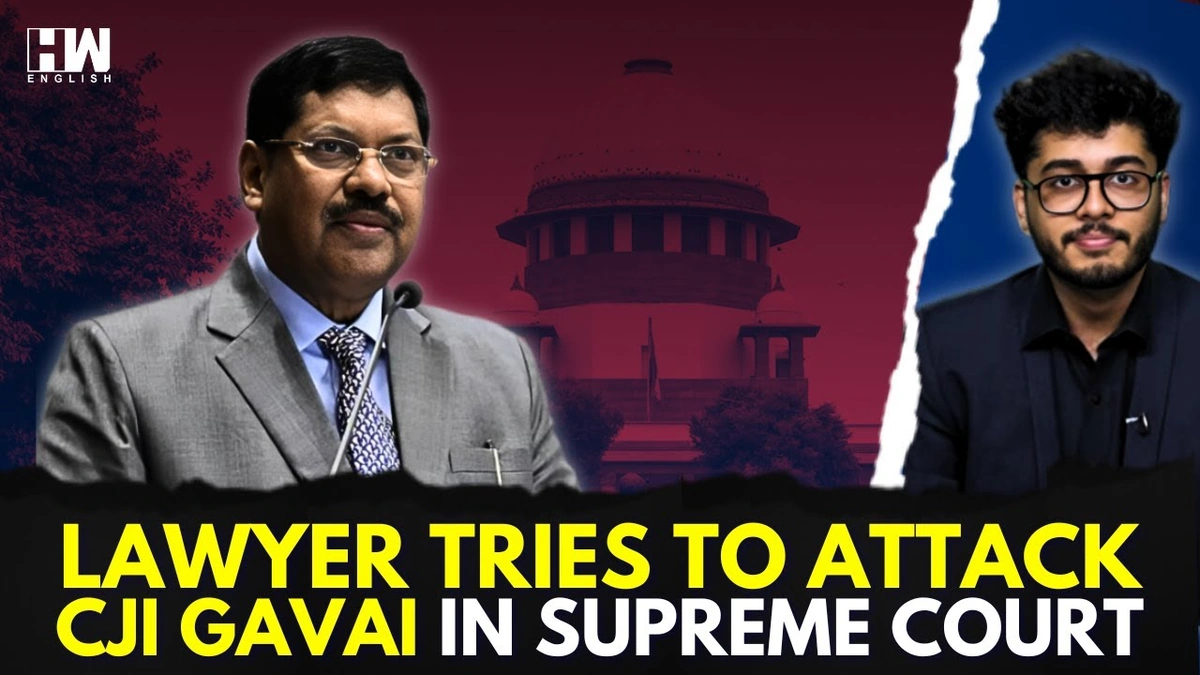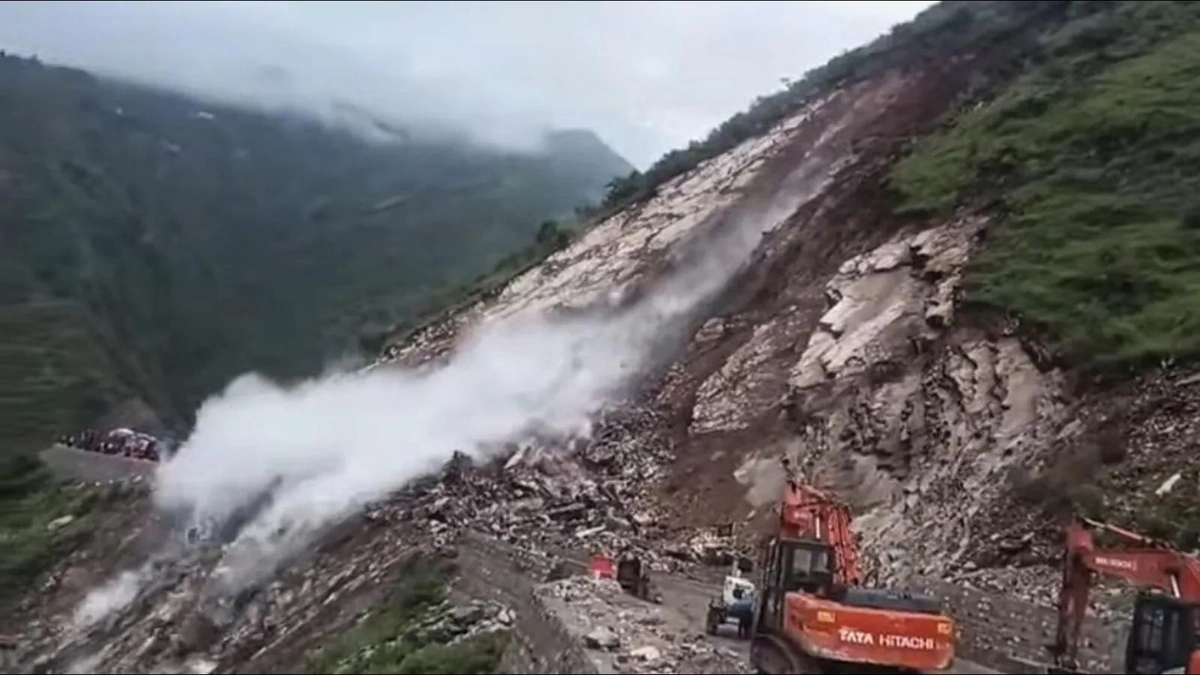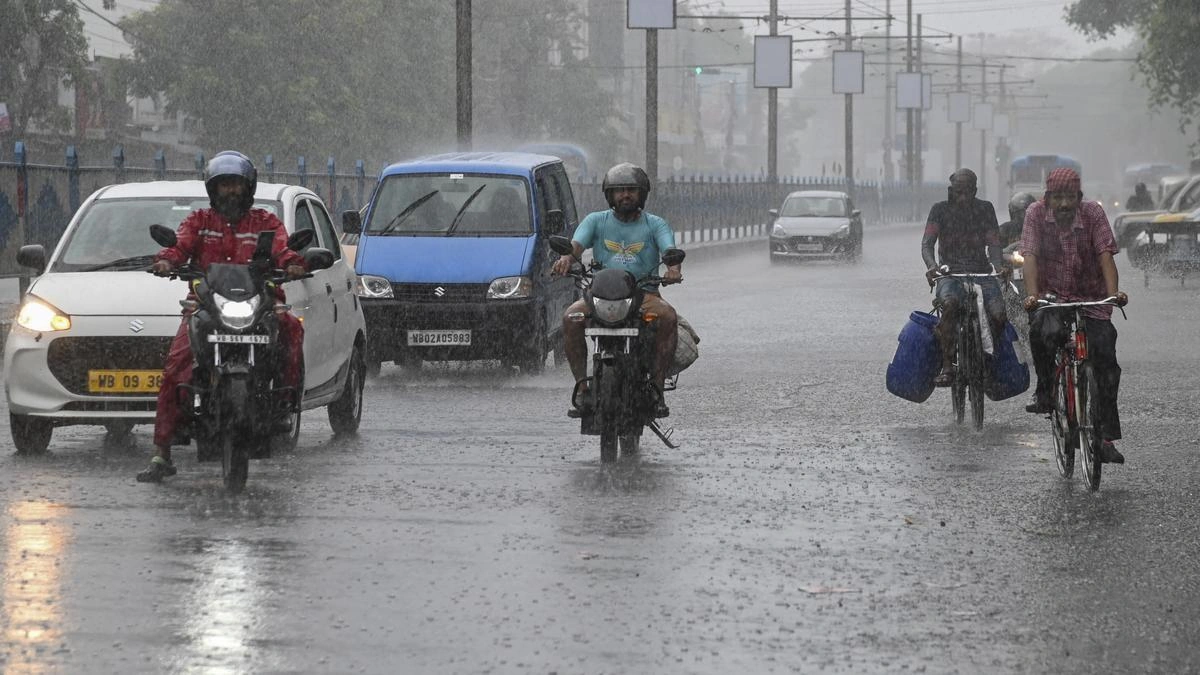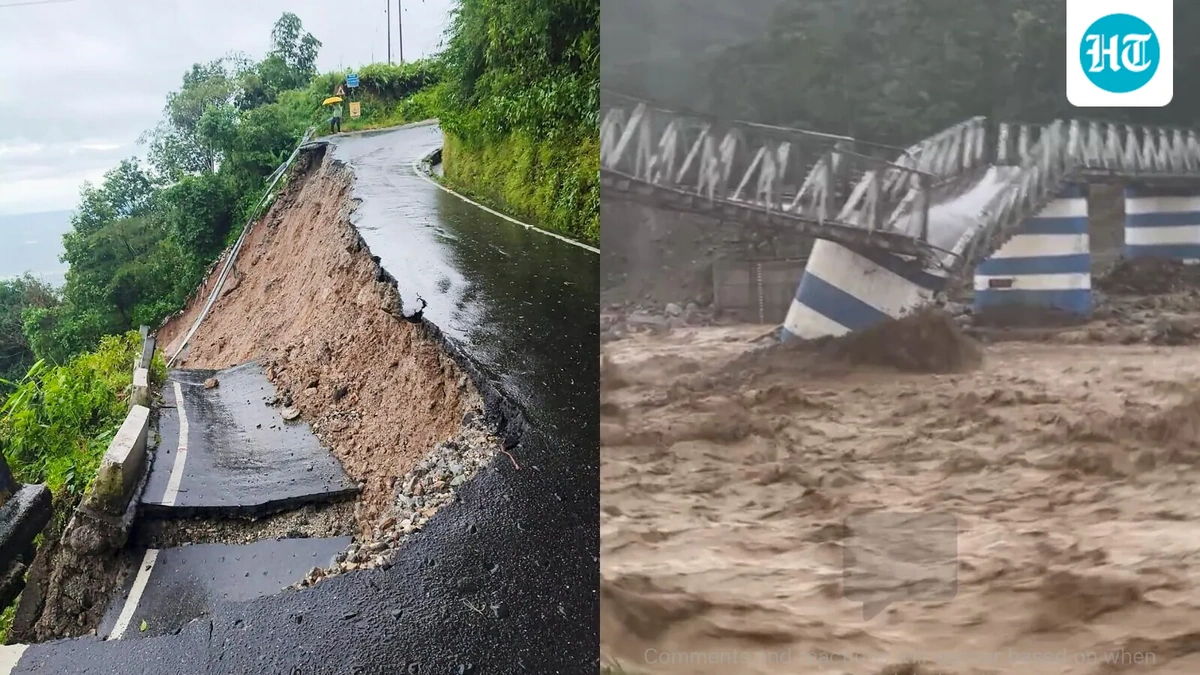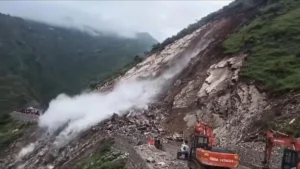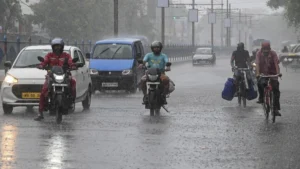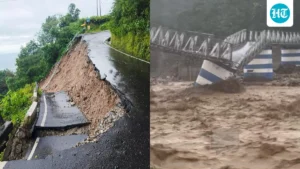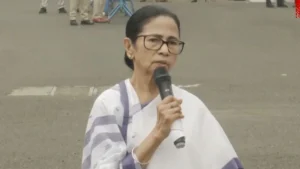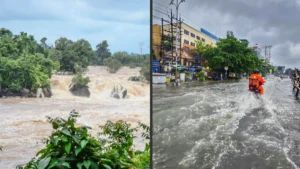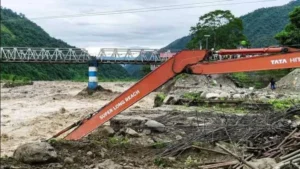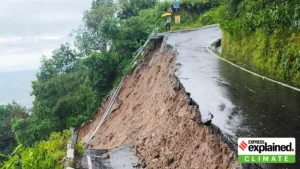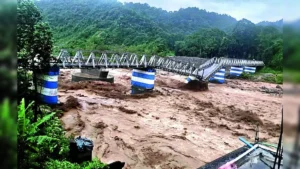Attempted Attack on Chief Justice of India in Supreme Court
Let’s be honest, when you hear about an attempted attack on the Chief Justice of India, it’s not just news; it’s a jolt to the system. It shakes the very foundation of our faith in the rule of law. So, instead of just rehashing the headlines, let’s dive into why this matters, and what it could mean for India. This isn’t just about one incident; it’s about the vulnerabilities within our system and the growing pressures on our judiciary. What fascinates me is, how could someone even attempt such a thing within the high-security zone of the Supreme Court ?
The Security Lapses | A Deep Dive
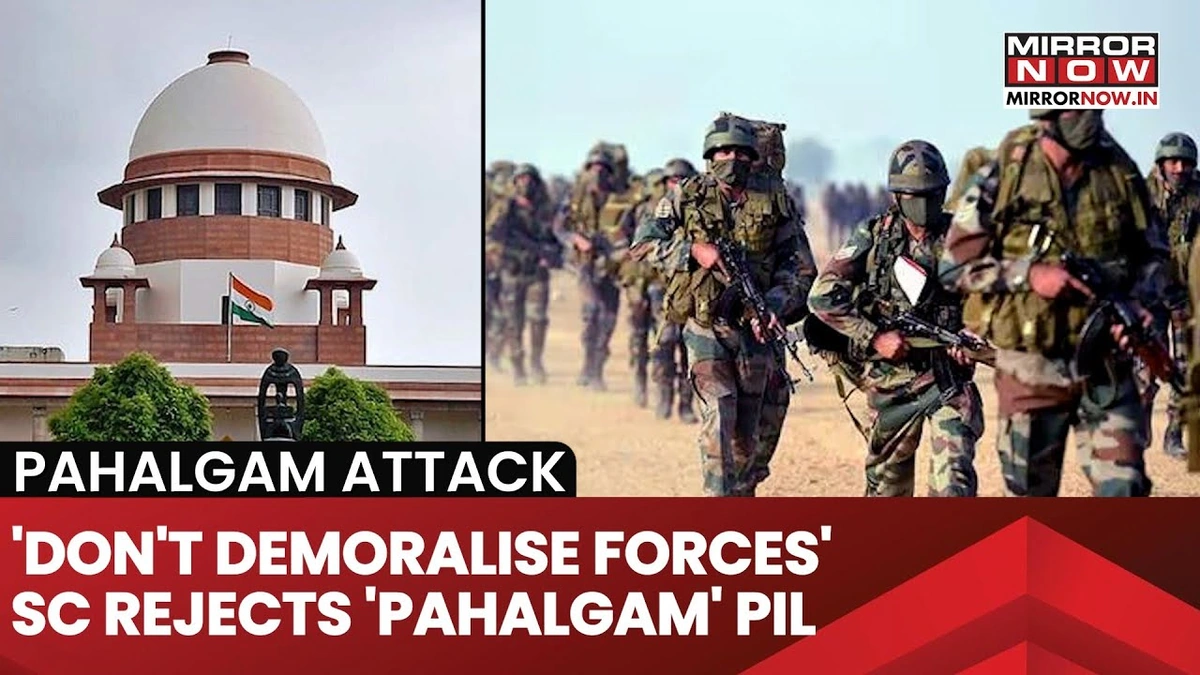
The immediate question that springs to mind is: How did this happen? The Supreme Court is supposed to be one of the most secure locations in the country. Any breach raises serious questions about the effectiveness of the security protocols. Was it a failure of intelligence? A lapse in vigilance? Or something more systemic? We need to understand the chain of events that led to this point. According to initial reports, the individual was quickly apprehended, but the fact remains that they managed to get close enough to pose a threat. This incident highlights the urgent need for a thorough review and overhaul of security measures, not just at the Supreme Court, but at all key judicial and government institutions. The security vulnerabilities need to be addressed promptly.
But it is also essential to avoid knee-jerk reactions. What I mean is, that simply increasing the number of security personnel or adding more layers of physical security may not be enough. We need smarter security, using technology and data analytics to identify potential threats before they materialize. Think predictive policing, but for judicial security. And that needs investment and a forward-thinking mindset. Here’s the thing: knee-jerk reactions don’t solve problems.
The Broader Implications for the Judiciary
An attack, or attempted attack, on the Chief Justice isn’t just a security issue. It’s an attack on the judiciary itself. It undermines the independence and integrity of the courts, which are crucial for maintaining the rule of law. This incident could have a chilling effect on judges, making them hesitant to take on sensitive cases or rule against powerful interests. That’s the big fear, isn’t it? According to legal experts, such incidents can erode public trust in the judicial system, leading to a decline in respect for the law. This has broader implications for governance and social stability. India’s judicial independence must be protected.
So, what can be done to safeguard the judiciary? One crucial step is to strengthen the legal framework for protecting judges and judicial officers. This includes providing them with adequate security, both at their residences and in court, as well as enacting laws that deter threats and violence against them. I initially thought that this attack can weaken the justice system. But after evaluating the situation, I realized that it may also strengthen it.
Understanding the Motives | Who and Why?
Let’s be real – understanding the motive behind this attempted attack is crucial. Was it a lone wolf acting out of desperation or ideological fanaticism? Or was it part of a larger conspiracy to destabilize the judiciary? Law enforcement agencies need to leave no stone unturned in their investigation. The motive is of utmost importance in this case. It’s not enough to simply apprehend the individual; they need to uncover the full extent of the plot and bring all those involved to justice. A thorough investigation is essential to understanding the Supreme Court attack motive . We all need to be patient for now.
And, let me rephrase that for clarity: it’s not just about finding the person who physically attempted the attack, but also about identifying the masterminds behind it. This requires intelligence gathering, analysis of communication records, and possibly even international cooperation if there are foreign connections. The investigation needs to be transparent and impartial, ensuring that the truth is revealed and justice is served.
Ensuring a Fair and Impartial Investigation
Now, here’s where things get tricky. It’s absolutely vital that the investigation into this attempted attack is conducted fairly and impartially. There should be no political interference or pressure from any quarter. The investigating agencies need to be given the freedom to follow the evidence wherever it leads, without fear or favor. But, transparency is also key. The public has a right to know what happened and what steps are being taken to prevent such incidents in the future. According to senior advocates, this requires a delicate balance between protecting the integrity of the investigation and ensuring public accountability. The investigation impartiality is very important.
But – and this is a big but – ensuring impartiality also means protecting the rights of the accused. Everyone is presumed innocent until proven guilty, and even the person who attempted the attack is entitled to due process under the law. This includes the right to legal representation, the right to a fair trial, and the right to appeal. The Indian justice system needs to ensure that everything is done by the book. It can’t deviate from this.
Rebuilding Trust | The Path Forward
The attempted attack on the Chief Justice has undoubtedly shaken public trust in the judiciary. Rebuilding that trust will take time and effort. It requires more than just enhanced security measures and thorough investigations. It requires a commitment to transparency, accountability, and the rule of law. The judiciary itself needs to take proactive steps to address the concerns of the public and demonstrate its commitment to justice. This might include public awareness campaigns, outreach programs, and greater engagement with civil society. The government can also play a role by providing adequate resources and support to the judiciary, as well as enacting laws that protect judges and judicial officers. Internal link.
And – and this is my final thought – it requires a change in mindset. We need to move away from the culture of impunity that allows such attacks to happen in the first place. We need to foster a culture of respect for the law and for the institutions that uphold it. This is not just the responsibility of the government or the judiciary; it’s the responsibility of every citizen. This is the importance of judiciary .
FAQ Section
Frequently Asked Questions
What was the nature of the attack?
Details are still emerging, but reports suggest an individual attempted to breach security and approach the Chief Justice. The individual was apprehended, and an investigation is underway. The nature of attack is alarming.
What is the current status of the investigation?
Law enforcement agencies are conducting a thorough investigation to determine the motive and identify any accomplices. The investigation is ongoing.
What measures are being taken to enhance security at the Supreme Court?
Security protocols are being reviewed and strengthened to prevent future incidents. This may involve increased surveillance, enhanced screening, and improved coordination between security agencies.
How can I stay updated on the latest developments in this case?
Follow reputable news sources and official government channels for updates. Avoid spreading rumors or unverified information.
What if I have information related to this incident?
Contact the local police or the relevant law enforcement agencies immediately. Your information could be crucial to the investigation. Internal link.
Where can I find official statements from the Supreme Court or the government?
Check the official websites of the Supreme Court of India and the Press Information Bureau (PIB) for official statements and press releases.
